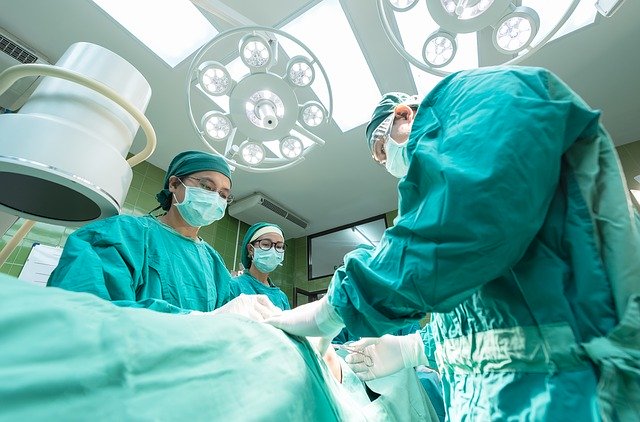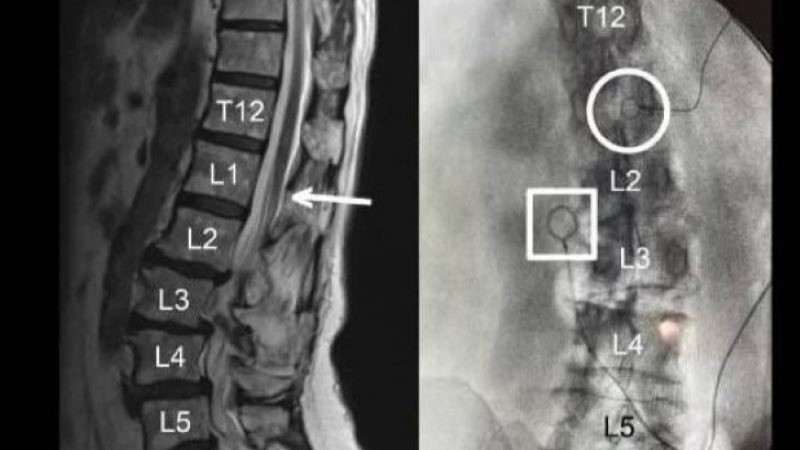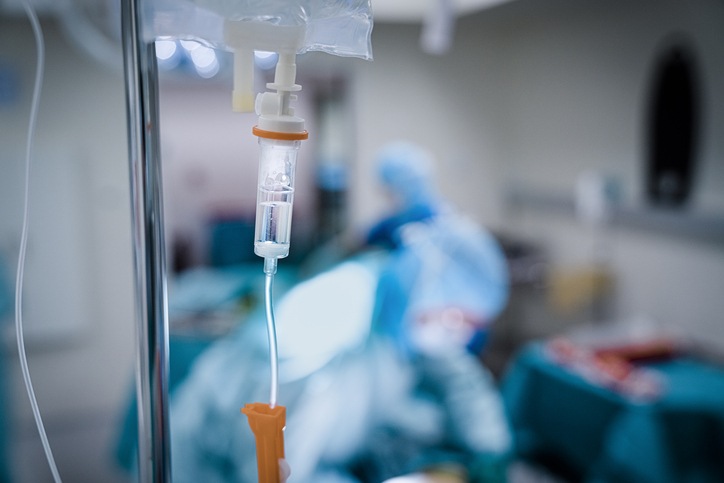
A new study examined the costs and effects of surgical jackets and bouffants to prevent surgical site infections (SSIs). The authors concluded that the interventions resulted in higher hospital costs without the added benefit of reduced SSI risk.
“Surgical site infections (SSIs) are associated with increased morbidity and mortality,” said the study authors. “Various measures have been enacted decrease the occurrence of SSIs involving the regulation of the attire worn by the operating room staff, at times without sufficient peer-reviewed literature to support their implementation.”
This was a retrospective cohort study of 34,042 inpatient operative encounters at a single academic tertiary care hospital. Comparisons were made for three time periods between January 2017 and October 2018: before surgical jackets were mandated, after surgical jackets were mandated, and after surgical jackets plus bouffant head covers were mandated. The exposures were no surgical jackets or bouffants mandated (eight months), surgical jackets mandated (six months), and both surgical jackets and bouffants mandated (eight months). The main outcome was SSIs; these data were obtained through institutional infection control monthly summary reports, per definitions of superficial incisional, deep incisional, and organ/space SSIs as established by the National Healthcare Safety Network. Additional outcomes were wound dehiscence, postoperative sepsis, death, and cost of interventions.
The study was published in JAMA Surgery.
Of the 34,042 inpatient operative encounters that took place during the 22-month study period, 16,380 patients (48%) were female. Among the no surgical jackets or bouffants, surgical jackets, and surgical jackets plus bouffants groups, there were no significant differences in risk of SSI (1.01% vs. 0.99% vs. 0.83%; P=0.28), mortality (1.83% vs. 2.05% vs. 1.92%; P=0.54), postoperative sepsis (6.60% vs. 6.24% vs. 6.54%; P=0.54), or wound dehiscence (1.07% vs. 0.84% vs. 1.06%; P=0.20). Over the first six months of the 2018/2018 fiscal year, the estimated annual expenditure on surgical jackets was over $300,000. Compared with surgical skull caps, bouffants were less expensive.
“The results of this study suggest that surgical jackets and bouffants are neither beneficial nor cost-effective in preventing SSIs,” summarized the authors. They recommended, “Institutions should evaluate their own data to determine whether recommendations by outside governing organizations are beneficial and cost-effective.”







 © 2025 Mashup Media, LLC, a Formedics Property. All Rights Reserved.
© 2025 Mashup Media, LLC, a Formedics Property. All Rights Reserved.